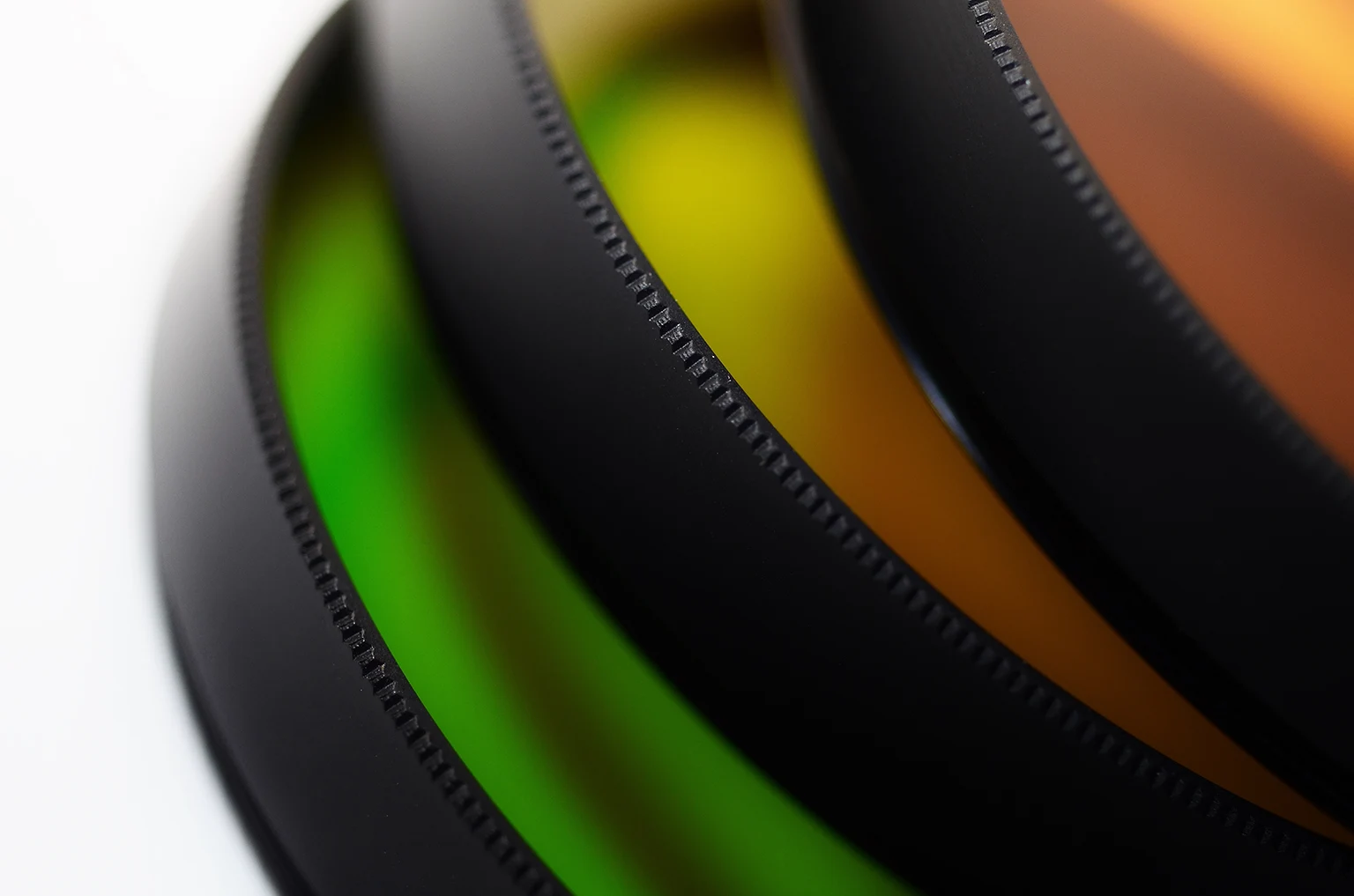Lens filters
Photography lens filters are a well-liked piece of equipment among photographers since they can enhance the quality of your photos and let you take a wider variety of pictures. There are many various types and designs of lens filters, and each one has a distinct function. In this blog post, we’ll examine the various kinds of lens filters in more detail and consider their uses and advantages.
The polarizing filter is one of the most used kinds of lens filters. When photographing landscapes or other outdoor settings, these filters can be very helpful because they are made to reduce glare and reflections. By preventing light waves from vibrating in a certain direction, polarizing filters help to lessen the amount of glare and reflections in the environment. To get the desired effect, polarizing filters can be spun. They come in circular and linear forms.
The neutral density filter is a different kind of common lens filter. When shooting in strong lighting or when you want to achieve the appearance of a longer exposure, these filters’ ability to cut down on light entering the lens might be helpful. You can regulate how much light is filtered by neutral density filters because they come in a variety of densities. As they enable you to utilize a slower shutter speed without overexposing the picture, neutral density filters are especially helpful for capturing motion blur.
The graduated neutral density filter is a third category of lens filter. Similar to neutral density filters, these filters are made to cut the light in only a region of the image. Gradient neutral density filters are helpful for balancing a scene’s exposure since they let you darken the sky or other prominently illuminated parts while keeping the rest of the image unaffected.
Other lens filters include infrared (IR) filters, which block infrared light and are beneficial for taking black-and-white photos, and ultraviolet (UV) filters, which are intended to block UV radiation and reduce haze. Specialty filters are also available, such as star filters that produce starburst effects in intense light sources and soft focus filters that give portraiture a soft, ethereal appearance.
There are numerous other lens filter options available in addition to these typical ones. Examples include reverse graduated neutral density filters, which are excellent for balancing the exposure of a scene with a bright foreground and a darker background, and variable neutral density filters, which let you alter the filter’s density over a range of values.
So, why should you consider using lens filters in your photography? There are a number of benefits to using lens filters, including:
- Improved image quality: Lens filters can help to reduce glare and reflections, which can improve the overall clarity and sharpness of your images.
- Increased creative control: By using different types of lens filters, you can achieve a wider range of creative effects and capture a wider range of shots.
- Protection for your lens: Lens filters can also serve as a protective layer for your lens, helping to prevent scratches and other damage.
A simple and convenient approach to enhance the quality of your photos and expand your photographic options is with lens filters. Lens filters are an important and fun item to keep in your camera bag, regardless of your level of experience. So, if you want to advance your photography, or just have some more fun, think about purchasing a few different lens filters and seeing how they might improve your pictures.
Have fun!



